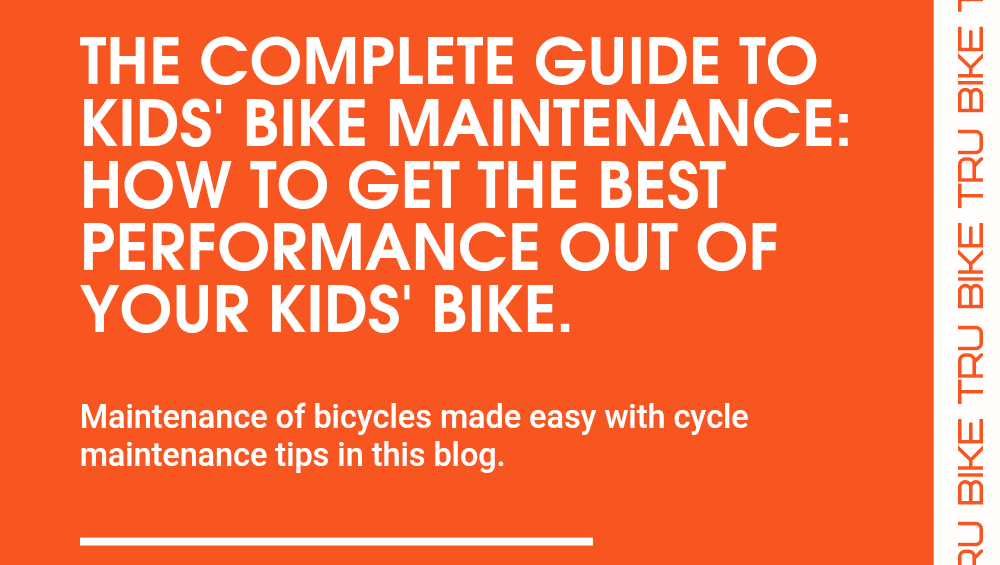Maintenance of bicycles is made easy with cycle maintenance tips in this blog.
Maintenance of bicycles is crucial. Any bicycle’s performance and safety benefit from routine maintenance, but kids’ bikes benefit the most. A well-maintained bike can significantly impact a child’s enjoyment and self-confidence while riding on the road or a trail. Children rely on their bikes for both transportation and recreation.
Why does bike maintenance matter?
There are a number of reasons why bike maintenance matters.
Some of the prominent reasons are listed below.
- Maintenance of bicycles for safety purposes:
Kids’ bikes can be made safer to ride with regular maintenance. This includes inspecting and adjusting the brakes, tightening fasteners, and changing out worn-out parts.
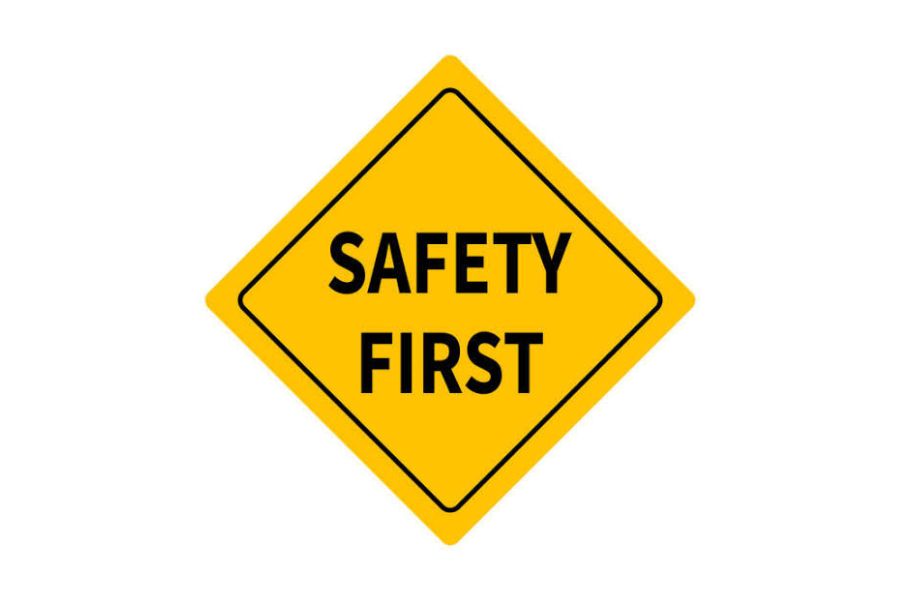


- Maintenance of bicycles for better performance:
Kids’ bikes can function better with proper maintenance, which makes them more enjoyable for kids to ride. This entails lubricating the chain, adjusting the gears, and maintaining optimum tyre pressure.
- Maintenance of bicycles for a long shelf life of bicycles:
The life of children’s bikes can be increased with routine maintenance. Maintaining the bike in good shape will help you avoid expensive repairs and extend its lifespan.
- Maintenance of bicycles for a better riding experience:
Children who ride bikes that are kept up-to-date could feel more competent and self-assured on the road or trail. They may like cycling more as a result and be more inclined to keep riding as they age.
Why should parents teach their kids about bike maintenance?
Children’s sense of independence and responsibility can be cultivated by teaching them how to maintain their own bikes. They may also learn important skills that will benefit them all their life.
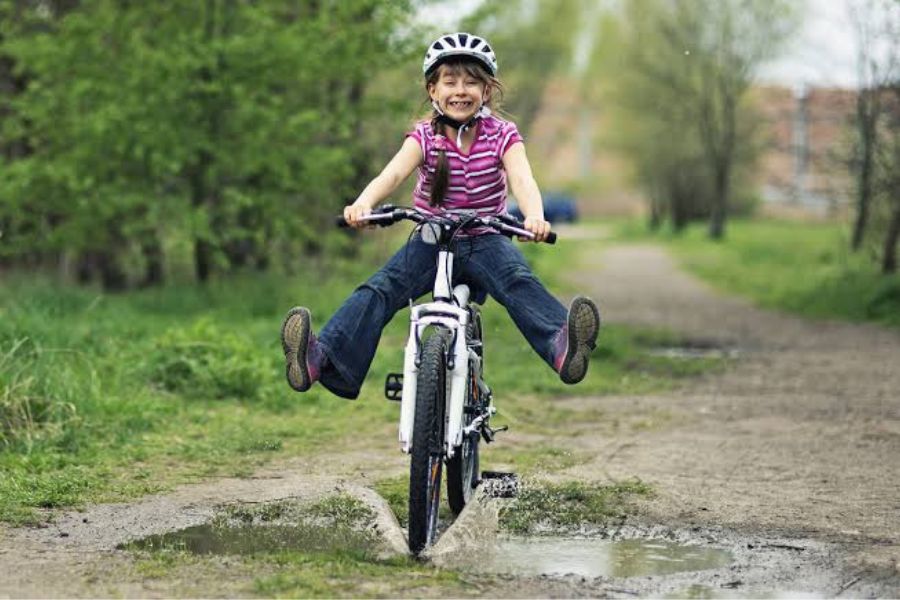


Teaching kids how to take care of their own bikes can foster a sense of independence and responsibility. It can also help them develop valuable skills that they can use throughout their lives. Hence parents should encourage their kids to learn bicycle maintenance.
Basic bike maintenance tips
Every child should have knowledge of certain basic bicycle maintenance tips. It can be easily done by the child alone or can be done under the guidance of an elder.
Following are some basic bike maintenance tips that a kid can follow on his own with little guidance from elders.
Cycle maintenance tips: Checking the tyre pressure.
For kids’ bikes, in particular, checking the tyre pressure is crucial to proper bike maintenance. A bike with properly inflated tyres will ride more smoothly, be safer, and have fewer flats. Tru Bike uses high-quality components which reduce the wear and tear of the bicycle to a larger extent.
Here’s how to check a bike’s tyres for pressure:
- Discover the recommended tyre pressure: The bike’s recommended tyre pressure is typically printed on the tire’s side. Psi, or pounds per square inch, is a common unit of measurement (psi).
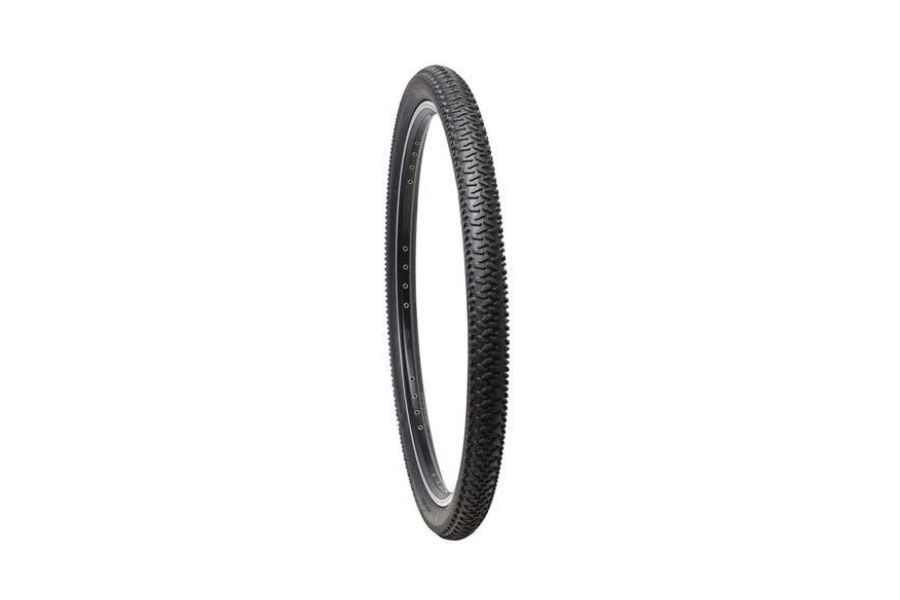


- Purchase a tyre pressure gauge: A tyre pressure gauge is necessary to check the tyre pressure. The air pressure in the tyres can be measured with this little device.
- Check tyre pressure before removing the valve cap: The valve cap must be taken off the valve stem before you can check the tyre pressure. This is the tiny cap that covers the tire’s valve on the side.
- Check the tyre pressure: Place the tyre pressure gauge against the valve stem to check the tyre pressure. The gauge will display the tyre’s current air pressure. To determine if the tyre is inflated properly, compare this to the appropriate tyre pressure.
- Adjust the tyre pressure if needed: If the tyre pressure is too low, fill it up with air using a bike pump until it reaches the appropriate level. Release some air from the tyres if the pressure is too high until it is at the proper level. When you’re done, make sure to replace the valve cap.
Cycle maintenance tips: Adjust the brakes.
For kids’ bikes, in particular, it’s crucial to regularly adjust the brakes as part of general bike maintenance. A few basic tools make it straightforward to adjust the brakes, which can enhance the bike’s performance and safety.
Here’s how to modify a bike’s brakes:
- Inspecting the brake pad: Inspection of the brake pad is the first step towards adjusting the brakes. These are the tiny pads that the bike stops with by pressing them up against the tyre rim. Make that the pads are not too worn down and are in alignment with the rim.
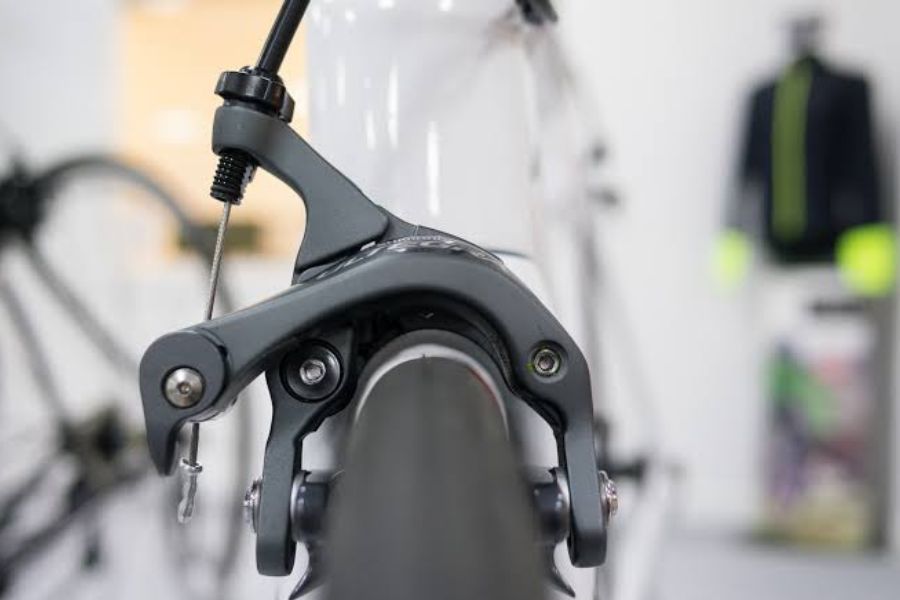


- Adjusting the brake cables: The brake cable that connects the brake lever and brake caliper can be adjusted. Use the brake calipers adjustment screws to loosen or tighten the cable to change the brakes.
- Testing the brake cables: Once the brake cable has been adjusted, try the brakes to see how they operate. The brakes should be solid but not overly challenging to pull. Adjust the cable once more until the brakes feel right if they are either too tight or too loose.
- Repeating the process on the other brakes: To ensure that both brakes are properly adjusted, repeat the procedure on the other brake as well.
- Checking the brake pads again: After making any necessary adjustments to the brakes, double-check the brake pads to make sure they are still in line with the rim. Use the adjustment screws to reposition them if necessary.
Cycle maintenance tips: Tightening bolts and screws.
A crucial component of bike maintenance is tightening nuts and screws, and this is true, especially for children’s bikes. It’s critical to constantly check and tighten any loose nuts and screws because they can affect the bike’s performance and safety. Tru Bike’s innovative bicycles are designed for performance and durability. High-quality components ensure bicycle longevity.
To tighten bolts and screws on a bike, follow these instructions:
- Gathering the required equipment: A wrench or a screwdriver is required to tighten nuts and screws on a bike. The size and kind of bolt or screw you are working with will determine the kind of tool you need.
- Find the slack screws and bolts: Look for any screws or bolts that are not completely tightened or that are loose. These are located on the bike’s handlebars, pedals, brakes, and other components.
- Tighten the bolts and screws by placing the wrench or screwdriver on the bolt or screw’s head and turning it clockwise. It should be snug but not too tight when you turn it. Use the appropriate size wrench for the bolt or screw if you’re using a wrench.
- Check the tightness: After tightening the bolts and screws, give them a moderate twist to ensure that they are securely fastened. Tighten them once more until they are snug if any of them feel slack.
- Repeat the procedure: Repeat the procedure on any other unsecured screws and bolts you discover. To make sure all the nuts and screws on the bike are secure, it is a good idea to frequently check their tightness.
Cycle maintenance tips: Lubricating chain.
Chain lubrication is a crucial component of bike maintenance, and it is crucial for children’s bikes in particular. The performance of the bike can be greatly improved and the life of the chain can be increased with proper chain lubrication.
Here is how to grease a bike’s chain:
- Gathering the required materials: You’ll need a clean rag and a bike-specific lubricant to grease the chain.
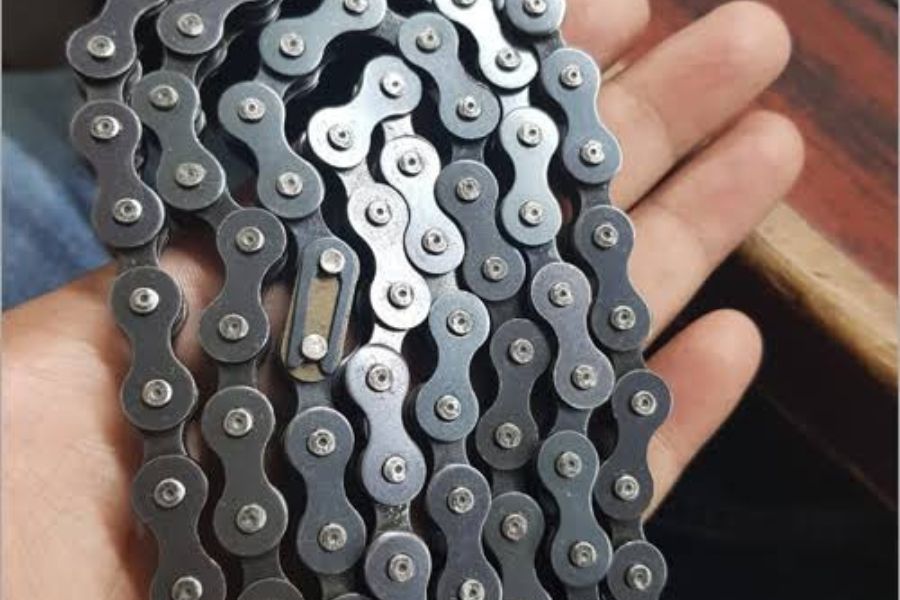


- Chain cleaning: The chain must first be cleaned before being lubricated. Use a degreaser or a solvent to get rid of any dirt or grime on the chain. With a fresh rag, dry off the chain.
- Apply the lubricant: Apply a small layer of lubrication to the chain after it has been well-cleaned and dried. Apply the lube to the chain’s interior using a dropper or a little brush.
- Wipe off excess lubricant: Remove any extra lubricant by wiping it off with a clean rag after you’ve applied it. Make sure to clean off any extra oil from the chain’s outside as well.
- Test the chain: After lubricating, the chain, make sure it is operating smoothly by pedaling the bike and changing gears. Apply extra lubricant as necessary if the chain is not shifting smoothly or feels too dry.
- Repeat the procedure: To keep the chain in good condition, it is a good idea to lube it frequently. Depending on how much you ride and the weather where you bike, you may need to oil the chain more frequently.
Apart from this, one of the best tips for bike maintenance is storing bicycles correctly and always encouraging your kids to store the bike properly. Kids’ bikes can avoid damage with proper storage. This can involve utilizing a bike stand or hook to hold the bike off the ground, as well as keeping bikes indoors or under cover.
Always remember, by following these tips for bike maintenance, kids’ bikes can improve their performance, safety, and enjoyment of cycling. Don’t forget to check Tru Bike out for durable and high-quality kids’ bicycle options.



